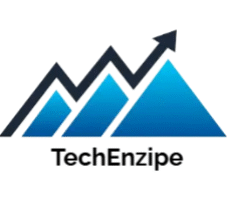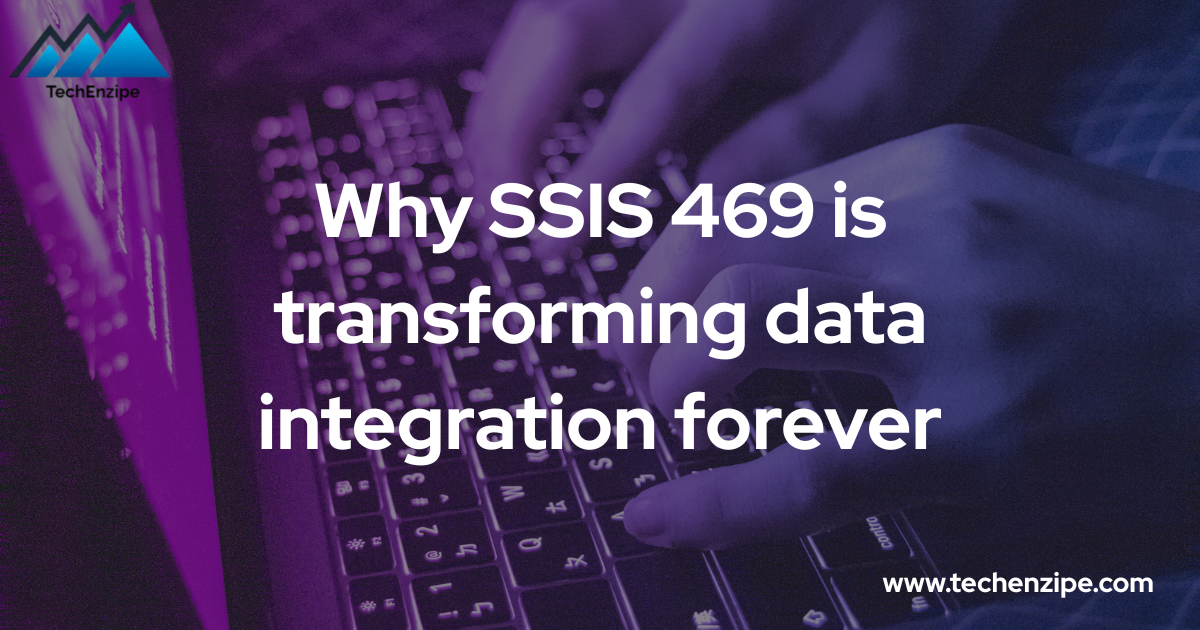Table of Contents
Introduction
In this exciting digital age, the integration of data has evolved into the foundation of modern enterprise operations. SSIS 469 has been a driving force that changed. It is regarded as one of Microsoft’s most significant updates to the SQL Server Integration Services (SSIS) suite, it is changing the way businesses manage, share information, and smooth workflows.
In contrast to old versions, it brings cutting-edge improvements in performance, cloud integration, and smart error-handling tools that allow data management to be easier and more secure than ever. From small startups to large businesses, IT experts are embracing the new version due to the speed, flexibility as well as automation features.
In this article, we will go over the essential information you should learn about it — which includes its features, advantages, drawbacks, expert advice and what the future of data integration could look like with this dramatic upgrade of Microsoft.
What is SSIS 469 and why is it so controversial?
When Microsoft launched it, it swiftly became the trending topic in data integration. It is designed as a significant upgrade of SQL Server Integration Services, SSIS 469 provides quicker data processing, better automated processes and a smooth cloud connection. Its release, however, caused controversy among developers and IT departments. Many praised its effectiveness but others complained about technical flaws, compatibility problems and steep learning curve.
The disputation lies in the balance between the complications and innovation. It pushes boundaries with the latest software for data migration, cleansing and ETL workflows. However, many companies are working hard to change because of the system limitations and the frequent update.
Understanding the core purpose
It was developed to simplify extract, Transform, Load (ETL) procedures by automating the way data flows between systems. SSIS 469 allows the teams to take data from a variety of sources, cleanse it and successfully store it in a warehouse. This update is mainly focused on the optimization of performance and real-time processing. This is ideal for today’s businesses that rely on data.
How does it differs from previous SSIS versions
In contrast to the older version, SSIS 469 combines AI-assisted transformation, good cloud-friendly and parallel execution. This mainly minimizes the runtime and provides more control over the validation of data and also supports hybrid environments. Its interface was redesigned to facilitate smoother workflow management and a minimal amount of hand-configuration.
How does it work in data integration?
The data integration framework in SSIS 469 is better than it has ever been. It can automate the extraction of information from various sources such as SQL Server, Oracle, MySQL and even cloud services such as Azure and AWS. Then, it converts the data by utilizing the integrated cleansing and mapping tools prior to placing it in the appropriate system.
The technology and architecture behind it
It works by using an improved control flow framework that combines data flow pipelines and reactive programming. It allows parallel execution and optimal memory allocation. The engine that runs it has been optimized to handle huge amounts of data without any problem which makes it ideal for the business level working.
Why developers prefer it for complicated data tasks?
Developers love it for its ability to reduce the requirement for manual scripting. Its drag and drop feature, pre-built connectors and debugging tools make it easier to manage complicated ETL procedures. In addition, the connection to Visual Studio and Azure data factory gives you a complete platform that can be used for both on-premises and cloud-based information management.
What are the main features that make it prominent?
It provides new tools and enhancements that completely change the data integration environment.
Advanced data transformation and cleansing tools
With SSIS 469, the businesses are able to accelerate the process of transformation through metadata-driven mapping, energetic expressions and customized scripts. The built in data profiling task that guarantees clean, continuous and accurate outputs.
Smooth combination with cloud and on-prem databases
This release is compatible for Microsoft Azure, AWS, Google Cloud and old systems. It connects the two environments by allowing users to smoothly synchronize cloud and local databases easily.
Increased error handling and debugging choices
Debugging complicated software is always a problem. SSIS 469 includes an intelligent error log along with real-time notifications and visual indicators to assist the developers to quickly identify issues.
Improved performance monitoring and automation
Utilizing built-in monitoring dashboards, SSIS 469 gives information into the execution time along with memory consumption and overall health of the package. With automation triggers, the user can plan workflows or react energetically to the events of data.
What are the main advantages of utilizing SSIS 469?
In addition to its features, SSIS 469 delivers major increases in productivity as well as cost efficiency.
Quicker data processing and real-time updates
The high-performance data integration minimizes the processing times up to 40 percent. It is able to deal with incremental loads and live streaming of data, which makes it ideal for both analytics and report systems.
Improved compatibility with modern databases
It works with the latest platforms such as Snowflake, PostgreSQL and MongoDB with the traditional SQL databases. The flexibility of this database allows the companies to expand or migrate without the sacrificing performance.
Smooth automation for data pipelines
Automation framework reduces the chance of human error and repeated tasks. From collecting data to validation, most of the processes can be completely automated with the little oversight.
What are the major drawbacks you should know?
In spite of its revolutions, SSIS 469 is not perfect.
Common bugs and error codes reported by users
Few users have reported frequently failing to deploy packages and program crashes. These error messages are often related to connection timeouts, or versions conflict which Microsoft is continuing to solve by releasing incremental updates.
Performance problems with large-scale data loads
Although SSIS 469 manages medium size data successfully, large data sets can sometimes cause buffer overloads or exhausted resources. The right hardware and the correct tuning are crucial for best performance.
Why do some teams still avoid upgrading to it?
Transferring from previous SSIS versions can be complicated. Old versions may require modifications to function properly and updating the interface may require retraining for current teams.
What are the best practices for working with SSIS 469?
How to maximize its packages for performance
Developers must make use of parallel execution, data partitioning and buffer tuning to increase processing. The minimization of pipeline transformations can also reduce delay.
Tips to prevent data loss and connection errors
Always allow checkpoints for transactions, backup files for configurations, and utilize encrypted connections for important data transfer. A proper log-in process makes sure traceability and security.
Is it the future of data integration?
What the next update could mean for developers
The next version may concentrate on AI-driven automation of data and integrated tools that do not require code, which empower without deep coding experience.
Predictions from Microsoft and industry experts
The roadmap of Microsoft hints at more tightly Azure Synapse combinations and more advanced optimization of performance. Many experts think it can transform SSIS into an all-cloud platform over the next 10 years.
Frequently asked questions about it
What does this error code mean?
This usually indicates an issue with configurations or compatibility between the source and destination systems.
Can it be combined with the cloud data tools?
Yes, it is a smooth connection with Azure data factory, AWS Redshift and Google BigQuery.
What are the solutions to its most frequent issues?
Check error logs, verify the compatibility of your version, then reconfigure the connection manager.
Is it stable for business-level use?
Yes, if you tune it properly with the right resources, it is extremely powerful for large scale working.
What hardware specifications do I require to run it?
Minimum 8GB of RAM and a multicore processor is suggested to make sure smooth running.
Conclusion
SSIS 469 represents a new revolution in technology for data integration providing unbeatable performance, automation and hybrid technology. But, its complexity and demand for resources makes it challenging for smaller teams. For the companies that are prepared to invest in training and infrastructure, it could be the basis of a powerful and future-proof data ecosystem.

